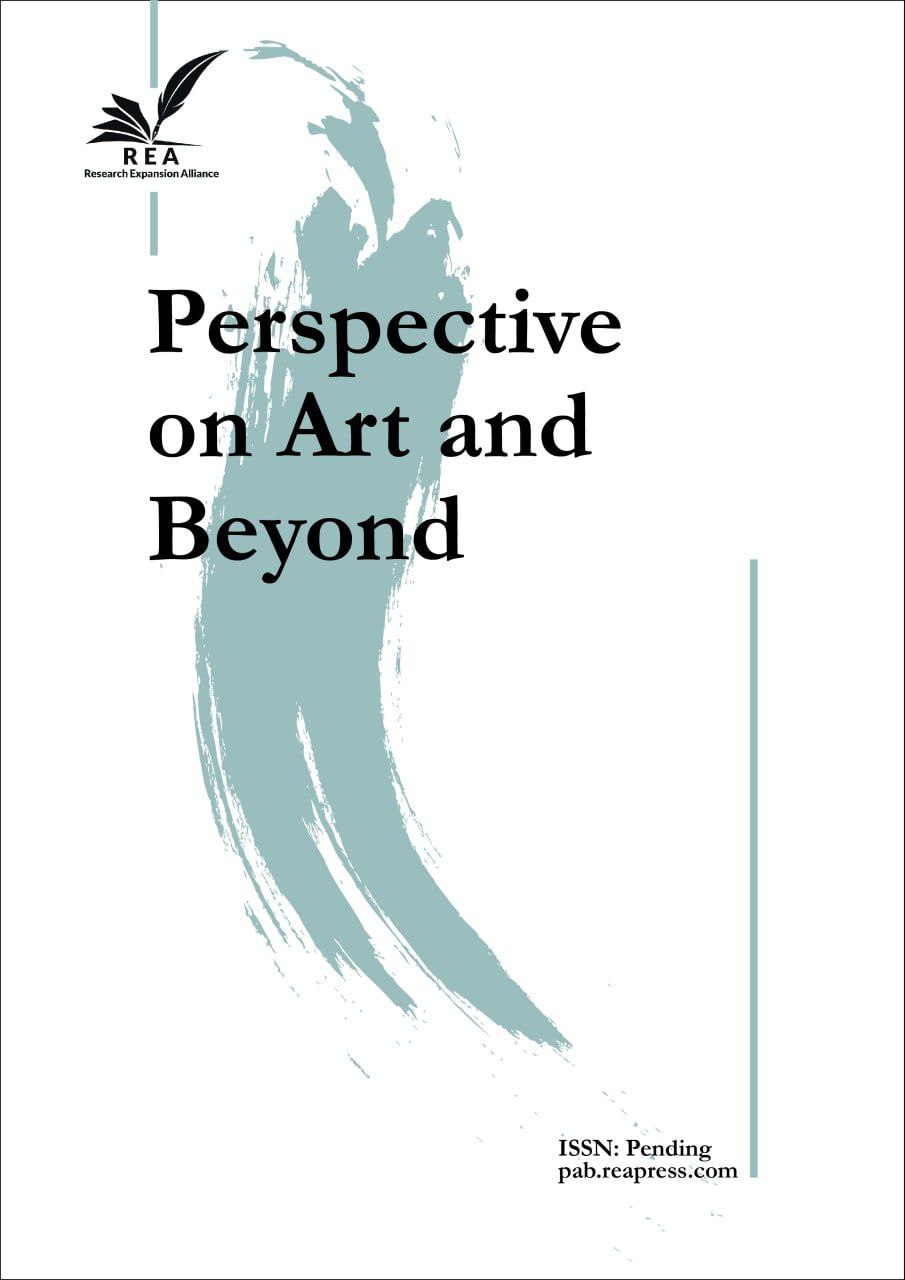An Iconological Study of the Relationship Between Nature, Meaning, and Form in the Photographs of Abbas Kiarostami Based on Erwin Panofsky's Perspective
Abstract
This study examines the natural, semantic, and ultimately formal dimensions shaped by semiotic elements in the photographs of Abbas Kiarostami (1940–2016), a prominent contemporary photographer and filmmaker. In his photographic works, Kiarostami portrays a poetic and contemplative world through the simplification of form and the elimination of superfluous elements. This research, grounded in the necessity of examining minimalist forms in Kiarostami's photographs, aims to explore the multilayered semiotic capacities within his work through Erwin Panofsky's iconological theory (1892–1968), which consists of three stages: pre-iconographical (natural), iconographical (semantic), and iconological (formal). This study seeks to answer the following question: "Through an iconological analysis of the relationship between nature, meaning, and form in the photographs of Abbas Kiarostami, what specific connection can be discovered between their apparent simplicity and the profound underlying concepts, with emphasis on Erwin Panofsky's perspective?" This research employs a qualitative method and, through descriptive and analytical procedures based on Panofsky's perspective, examines, analyzes, and compares the iconological features of purposefully selected photographic samples. The data collection tools include library sources, online resources, and the experiential observation of artistic images. Given that the natural elements, meaning, and form in Kiarostami's photographs, despite their apparent simplicity, possess multilayered dimensions that are subject to iconological analysis, it is expected that there exists a meaningful connection between their visual simplicity and the profound underlying concepts.
Keywords:
Abbas Kiarostami, Erwin panofsky, Iconology, Image semantics, Form in photography, Contemporary Iranian photographyReferences
- [1] Panofsky, E. (2023). Pandora’s Box. Farhame. https://B2n.ir/wd7124
- [2] Panofsky, E. (2020). Gothic architecture and Madrasa philosophy. Nashre Cheshme. https://B2n.ir/mx7442
- [3] Panofsky, E. (2021). Meaning in the visual arts. Nashre Cheshme. https://b2n.ir/xt8347
- [4] Kiarostami, A. (2006). Snow White (large brick). Nashre Nazar. https://B2n.ir/kw1973
- [5] Kiarostami, A. (2010). The Wall. Nashre Nazar. https://b2n.ir/em8134
- [6] Kiarostami, A. (2013). A window to life. Nashre Nazar. https://b2n.ir/gu9320
- [7] Kiarostami. (2015). Doors and memories. Nashre Nazar. https://b2n.ir/gr9300
- [8] Panofsky, E. (2019). Perspective as a symbolic form. Nashre Cheshme. https://b2n.ir/eb4830
- [9] Nasri, A. (2018). Images and words: some iconography. Nashre Cheshme. https://b2n.ir/wq5989


